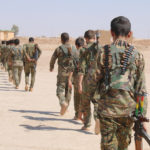
The world was aware that in 2014 the Yazidi community were targeted and dramatically attacked by a terrorist group in Iraq. I don’t think it’s important to name the terrorist group or the justification for their actions as what matters is the impact of the brutality on the communities. Yazidi boys had been captured and brutally trained to become child soldiers by this terrorist group in Iraq.
The research reviewed in this blog today looks at the impact on the mental health of some of those boys. The study comes out of the Institute of Psychotherapy and Psychotraumatology at the University of Duhok in Iraq.
In particular the researchers were looking to find out what percentage of the children had developed symptoms of post-traumatic stress disorder as well as other symptoms such as depression and low self-esteem. The researchers assert that the experiences of these group of children have not been specifically researched, however they do cite other studies that have analysed trauma symptoms of child soldiers in other conflict zones around the world.
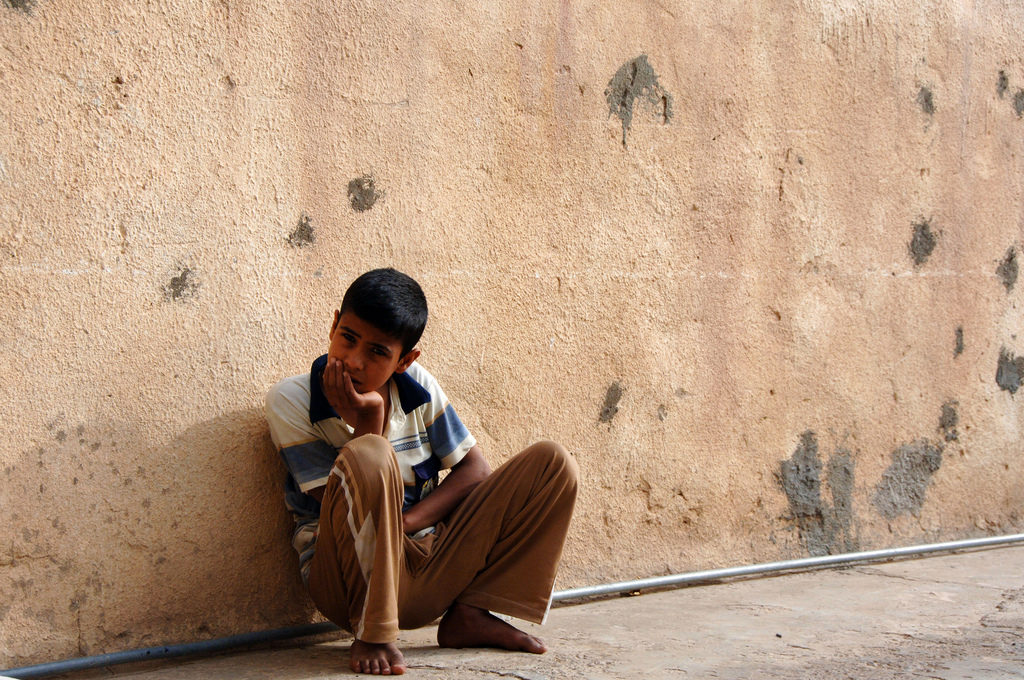
This blog summarises new research into prevalence of PTSD, depression and associated risk factors such as disturbed self-esteem among former child soldiers.
Methods
The researchers are aware that children who live in conflict zones who haven’t become child soldiers will also inevitably develop symptoms of trauma and distress. So to find out if children who have become child soldiers suffer a different level of trauma they have studied both groups. The researchers used structured interviews and standardised questionnaires called psychometrics to measure the levels of Post Traumatic Stress Disorder, Depression and Self Esteem.
The measures used were The Event Scale, The Child PTSD Reaction Index, the Arabized Version of the Children’s Depression Inventory (CDI) and the Coopersmith Self-Esteem Inventory. Descriptive statistics and discriminate analysis was used to analyse the categories of age, gender, PTSD, depression, and self-esteem. Details about these measures can be found in the article itself for those who are interested. The researchers studied three groups of boys:
- The first group were the primary target of the research and consisted of 81 Yazidi boys aged between 8 and 14 years old who were child soldiers in Iraq between 2014 and 2017 for a minimum of 6 months
- Group two were a control group and consisted of 32 Yazidi boys of the same age who suffered the impact of war and conflict and who lived in the same region and the same refugee camp as the first group, but who had not become child soldiers
- Lastly group 3 were also a control group and consisted of 31 boys of the same age who were Muslim and living in the refugee camp, but who were not Yazidi or former boy soldiers.
Results
The Event scale showed that all the children studied had been subject to a range of violent experiences, including rape and family deaths, as a result of horrific and brutal attacks and or captivity. In addition to this 15% of child soldiers said that they used a weapon to injure someone. The mean or average score on the Event scale for all the boys studied was 12.6 out of a maximum score of 15, illustrating the high level of distressing events experienced.
In the PTSD measure, the former boy soldier group had a mean score of 48.3 putting them in the high symptom range compared to the other two control groups who’s scores were 14.5 and 14.2 putting them in the low symptoms range. These results show that the former boy soldiers level of PTSD was statistically analysed as being significantly higher than the two control groups consisting of boys who hadn’t been child soldiers. The authors commented that these rates of PTSD fall within the range that has also been identified from 30% to 67% in other groups of child soldiers in countries like Rwanda, Uganda and Sudan. The former child soldiers studied also had statistically significantly worse than average scores for self esteem (24.61) than the other two group of boys studied (9.1 and 8.42).
The authors noted that all the former child soldiers specifically recalled the beginning, and in particular the suddenness of their captivity with accompanying intense horror, feelings of being petrified and unable to do anything to help themselves, with 74% suffering from continuing intrusive re-experiencing of the event.
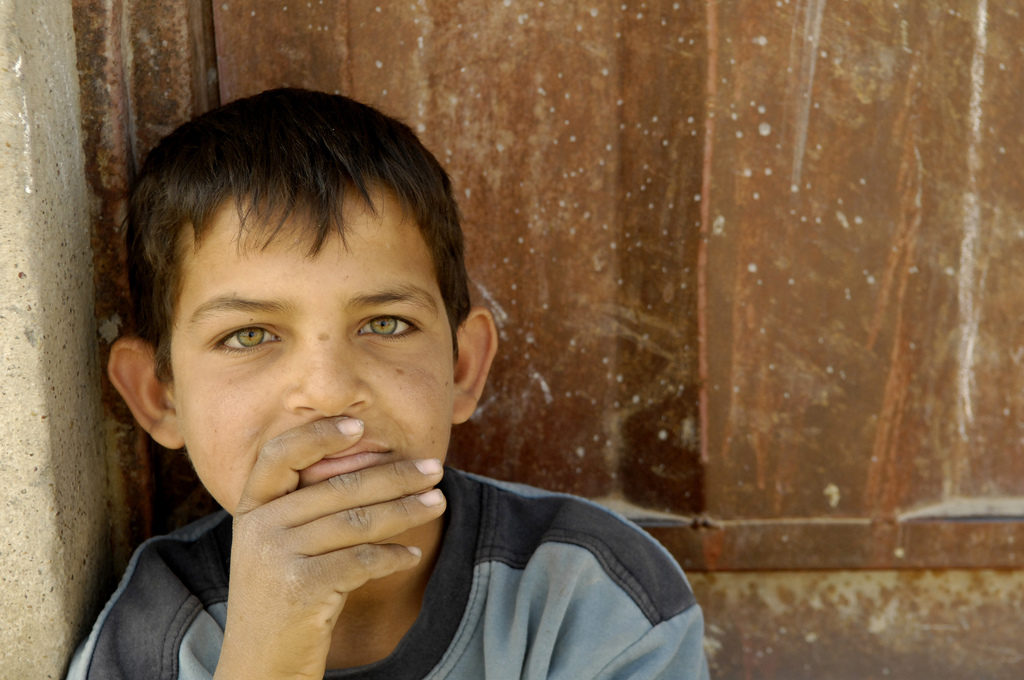
The child soldiers showed a significantly higher prevalence of PTSD, depression, anxiety and somatic disturbances, compared to boys who had not been child soldiers.
Conclusions
Overall the authors concluded that compared to the control groups the children who were captured and did become soldiers had not only higher levels of PTSD but also showed significantly higher levels of depressive disorders (45.6%), specific anxiety disorders (45.8%) and physical manifestations of psychological distress described as somatic disturbances (50.6%).
The authors also point out that even strong community identity found in groups such as the Yazidi cannot circumvent the impact of traumatic experiences and the development of significant mental health disorders.
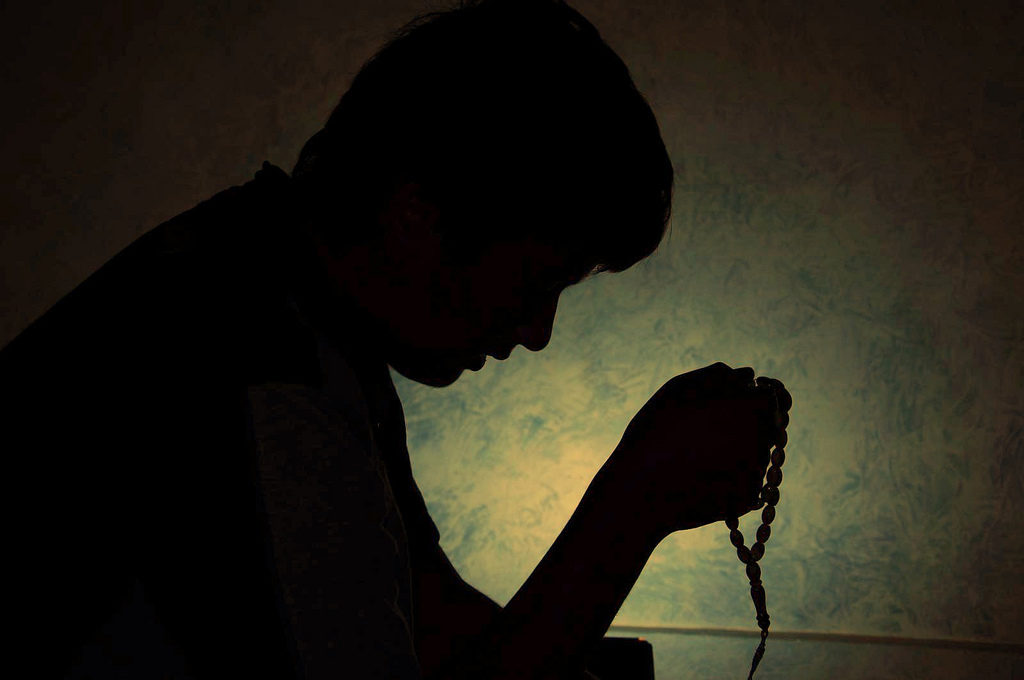
Self-esteem was significantly reduced in former child soldiers, which is likely to have a negative impact on the psychological development of these boys.
Strengths and limitations
Entering the refugee camps, gaining consent, creating understanding about the research and managing the translation issues involved in carrying out this research was a task that the authors were brave to take on. It is of great value that the researchers had two control groups so that comparisons and significant differences in the results for all three groups could be measured.
The authors highlight some of the limitations of the study as coming from the need to translate the DIPS measurement tool and the relatively small number of boys studied that makes it hard to generalise about the prevalence of mental health disorders in all boy soldiers.
The authors acknowledged that due to the boys experiencing a range of traumatic experiences stemming from their witnessing and involvement in war and conflict zones, it is difficult to attribute the cause of their distress specifically and solely to their experiences of being child soldiers. With further interviewing, some of the specific impact of the boys experiences of being suddenly captured could have been further extrapolated and differentiated from the traumas developed as a result of other war and conflict experiences. An area that could be highlighted in future research, that the authors did touch upon, was the way the boy soldiers were brutally trained to dehumanise themselves and others so that they could perpetrate harm on others. I was left wondering if the boys had such severe levels of dissociation that PTSD symptoms had been buried or compartmentalised so much that the diagnostic measures for PTSD alone could not capture the level of complex trauma involved in these cases.
In my experience as a psychotherapist working with childhood trauma, the role that the defence of dissociation plays cannot be ignored. Examining the role that potential dissociative identity disorders play in the management of these boys distress may have given further enlightening information.
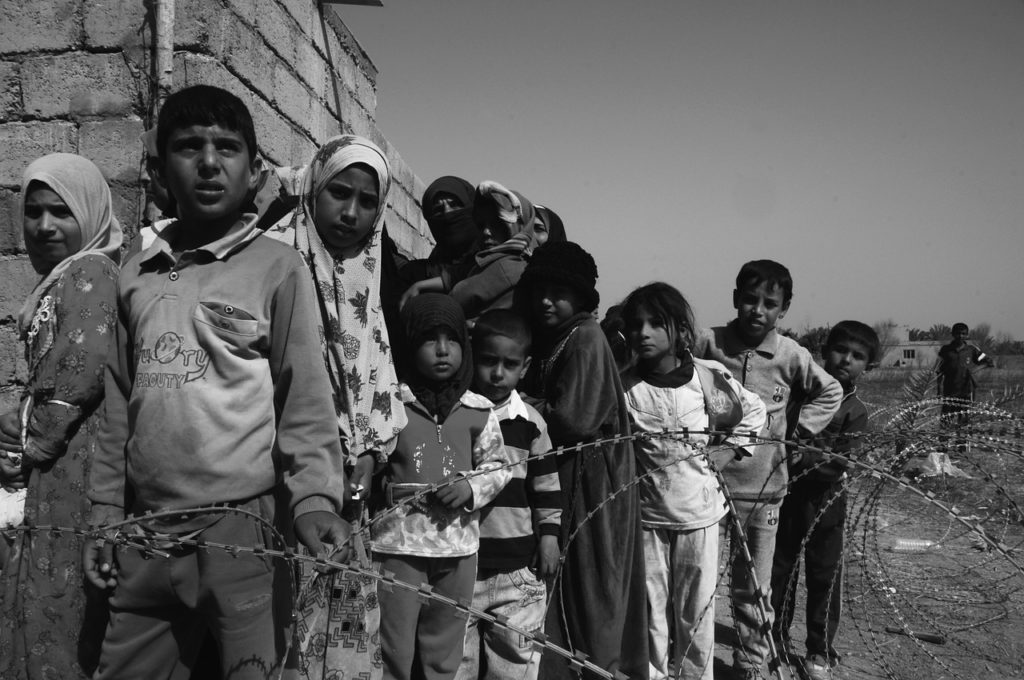
It is difficult to attribute the cause of distress in these boys specifically and solely to their experiences of being child soldiers.
Implications for practice
These boys who have been particularly brutalised warrant more attention, care and treatment for two reasons:
- The first reason is obviously because they were helpless victims who had no choice but to adapt to their captors. This sublimation of their rage, disgust and fear would leave them even more than others entrenched in a state of perpetual horror.
- The second reason is that some of these children may go on in adulthood to act out their dissociated distress by perpetrating further atrocities on others in their communities, or onto those seen as the enemies of, or indeed creators of their captors, through generations of global political manipulations.
Conflicts of interest
No conflicts of interest.
Links
Primary paper
Kizilhan J, Noll-Hussong M. (2018) Post-traumatic stress disorder among former Islamic State child soldiers in northern Iraq. The British Journal of Psychiatry, 213(1), 425-429. doi: 10.1192/bjp.2018.88
Other references
Derluyn I, Broekaert E, Schuyten G, De Temmerman E. Post-traumatic stress in former Ugandan child soldiers. Lancet (London, England) 2004;363:861-3.
Kelly JT, Branham L, Decker MR. Abducted children and youth in Lord’s Resistance Army in Northeastern Democratic Republic of the Congo (DRC): mechanisms of indoctrination and control. Conflict and health 2016;10:11.
Nasiroglu S, Ceri V. Posttraumatic stress and depression in Yazidi refugees. Neuropsychiatric disease and treatment 2016;12:2941-8.
Moscardino U, Scrimin S, Cadei F, Altoe G. Mental health among former child soldiers and never-abducted children in northern Uganda. TheScientificWorldJournal 2012;2012:367545.
Kohrt BA, Jordans MJ, Tol WA, et al. Comparison of mental health between former child soldiers and children never conscripted by armed groups in Nepal. Jama 2008;300:691-702.
Dyregrov A, Yule W. Screening measures—The development of the UNICEF screening battery. Fourth European Conference on Traumatic Stress. Paris1995.
Frederick C, Pynoos R, Nader K. Child Post-Traumatic Stress Disorder Reaction Index (Available from R. Pynoos, Adult Psychiatry, 300 UCLA Medical Plaza, Los Angeles, CA 90024–6968). 1992.
Kovacs M. The Children’s Depression Inventory (CDI). Psychopharmacology bulletin 1985;21:995-8.
Coopersmith S. A method for determining types of self-esteem. Journal of abnormal psychology 1959;59:87-94.
Betancourt TS, Newnham EA, McBain R, Brennan RT. Post-traumatic stress symptoms among former child soldiers in Sierra Leone: follow-up study. The British journal of psychiatry : the journal of mental science 2013;203:196-202.
Betancourt TS, Borisova I, Williams TP, et al. Psychosocial adjustment and mental health in former child soldiers–systematic review of the literature and recommendations for future research. Journal of child psychology and psychiatry, and allied disciplines 2013;54:17-36.

Thanks for the info!